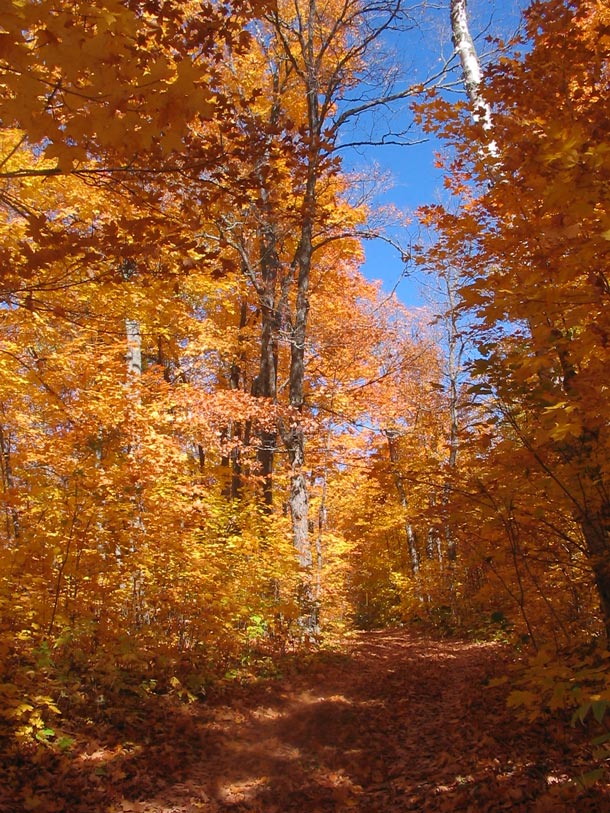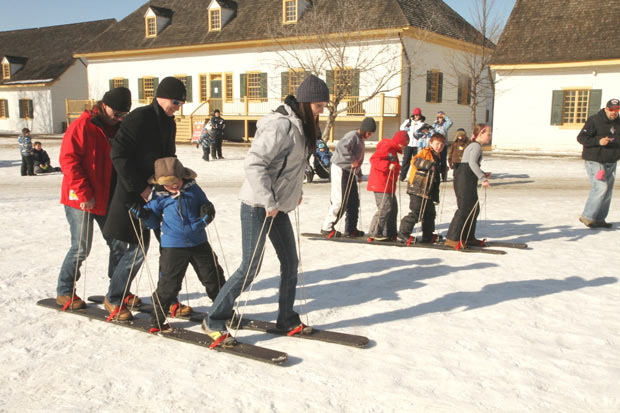

Thunder Bay, ON – Is there anything more Canadian than the Maple Tree?
Nothing is more Canadian than the Sugar Maple Tree (Acer saccharum). It is an important tree to Canada and Ontario.
Maple Trees Deep Canadian Roots
The Sugar Maple tree is a landscape standout and is the first sweet taste of spring, it’s a historical sacred grove for First Nations people, the leaf of the tree is Canada’s national symbol on our flag, twenty dollar bill, on Air Canada and peoples beloved Canadian beer, a NHL hockey team is named after the tree, its bright fall foliage is a stunning backdrop on autumn landscape, it drives our maple syrup economy through syrup food sales, maple festivals and souvenirs with sugar maple symbols on it, it is the best hardwood and very expensive to purchase.
The Maple Leaf Forever written by Alexander Muir to celebrate the Confederation of Canada is “The authorized regimental march of The Queen’s Own Rifles of Canada and The Royal Westminster Regiment.”
The Maple Leaf Forever
Rare Sugar Maple Tree Grove Threatened

The City of Thunder Bay has a notable tree program.
The community of Thunder Bay has not taken a full inventory stock of natural asset trees worthy enough to be notable. There is rare Sugar Maple Groves growing on top of the Nor’ Wester Mountain range that has not been noted by the notable tree program. In fact the Ministry of Natural Resources and several tree experts don’t even know these rare groves in the north exist. Visit the Ministry of Natural Resources does not have Thunder Bay listed as a place where sugar maples grow.
If the Ministry and City of Thunder Bay didn’t know about the rare to the area Sugar Maples; it may be possible many other species are unknown and could be destroyed as a result.
Sugar Maples on the Nor’ Wester Mountains in the Loch Lomond Watershed are an important part of the natural and cultural history and the groves play an important role in the ecosystem of the watershed. The genetic variation of the local species has allowed it to survive the hardships of our northern climate.
Getting with the Times
In Southern Ontario, Sugar Maples are threatened because of climate change. The environmental governments and groups of Southern Ontario are trying to protect the species. “We could lose sugar maple trees from southern Ontario,” environmental commissioner Gord Miller reported in 2012.
Many people feel protecting the trees “Is getting with the times”.
And yet, a very healthy grove on the Nor’ Westers in the Loch Lomond Watershed area may not be protected from clear cutting and may be re-planted if an industrial wind development occurs on the Nor’ Wester Mountains according to the development reports. Many people feel not protecting the trees “Is not getting with the times” and this may be improper land management and disruption to an important habitat area.
“Moose, deer, squirrels, rabbits, hares, porcupines, mice and many species of birds feed on maple bark, buds, twigs and fruit”; without these maple stands it may alter and impact the food source for inhabitants of the area feeding off of the Sugar Maple Trees.
People have until June 22, 2013 to protect the Rare Sugar Maples from maybe being clear cut and transplanted and the Nor’ Wester Mountain Loch Lomond Watershed damaged from blasting, building roads and clear cutting in the area by commenting to the Ministry of Ontario.
Spring Time Gold

In the spring time when bears are waking from their dens with new cubs, and birds are staking out take out their breeding, nesting and feeding homes; amazing changes are occurring on the inside of Sugar Maples.
It is a mystery how maple sap flows from Sugar Maple Trees. Pressure is the key ingredient to sap flow. In the spring when air temperatures rise above freezing, a positive pressure in the tree forces the sap to flow out of the tree. When the air temperature drops below freezing, a negative pressure forces the tree to suck in water through the roots. This positive and negative pressure allows the sap in trees to replenish and flow during warmer temperatures.
“The pressures develop through sapwood on the tree that has active growing cells that “conduct water and nutrients from the roots to the branches.” The cells produce carbon dioxide in the sap and release it to intercellular places and the sap releases the carbon dioxide between the cells during the day. An osmotic pressure formed from sugar dissolved in the sap forces the sap out of the tree when it’s wounded by events like maple tapping. When air temperatures cool the carbon dioxide cools, contracts, dissolves in the sap, the sap freezes and creates suction of water being drawn from the roots to the branches creating sap flow.”
Vermont and Quebec call the Sugar Maple “Liquid Gold”. The first mayor Jacques Viger of Montreal, “described the maple as “the king of our forest; the symbol of the Canadian people.” Out of 128 maple species the Sugar Maples is one of the most important. It makes the best maple syrup because of its high sugar content.
Local Sugar Maple History
Sugar Maple trees were deposited in Northern Ontario through the ice age between 8000 and 3500 BC. The groves on the Nor’ Wester Mountains might be a continuous ancestral population and it may represent important factors in a species ability to adapt to global-scale environmental change.
In the First Nation culture spring water is connected with birth and renewal. Some communities celebrate the spring waters with a “sweet water” ceremony in honor of the maple syrup run. The first water from the trees was thought to detoxify and cleanse the body and spirits. In the winter Ojibwe groups would spread out to reduce illness and food scarcity during the winter. Each spring, Ojibwe families would meet for spring harvest gatherings.
The sugarbush belonged to the women. The women would tend to the trees and collect syrup while the men “cleared snow, cut firewood and erected lodges.” Each group of trees was owned by an individual woman and her heirs. The syrup was used for food, medicine and spiritual practices. Throughout time, together, the First Nations, Jesuit Priests, Fur Traders, Voyageurs, Settlers and current communities have shared in the enjoyment of this historical and iconic tree. Nor’ Wester Mountain Sugar Maple Grove is historically important to this area.
“In 1968 Lakehead University hosted the Canadian Botanical Conference and arranged a field trip to Squaretop Mountain on the Nor Wester Mountains. World renowned botanists participated and were extremely impressed by the rare Sugar Maple plants. They all felt this area was a unique ecosystem and worth every effort to preserve it.”
While many people tried to tap or harvest the Sugar Maple trees it was forbidden by the city as long as the Loch Lomond Watershed remained under protection by the City of Thunder Bay for drinking water purposes. Many people would like the Loch Lomond Watershed protected for future generations to enjoy contaminated free water and rare to the area species like the Sugar Maple Tree from being clear cut or damaged.
To continue protecting the Loch Lomond Watershed and the sacred rare Sugar Maple grove in the Loch Lomond Watershed area submit your comments to the Ministry of Ontario by June 22, 2013
MORE INFORMATION ON SUGAR MAPLES:
http://www.lrconline.com/Extension_Notes_English/pdf/sgr_mpl.pdf
GET INVOLVED:
Send submissions to: Submit online comments to www.ebr.gov.on.ca/ (project number 011-8937)













